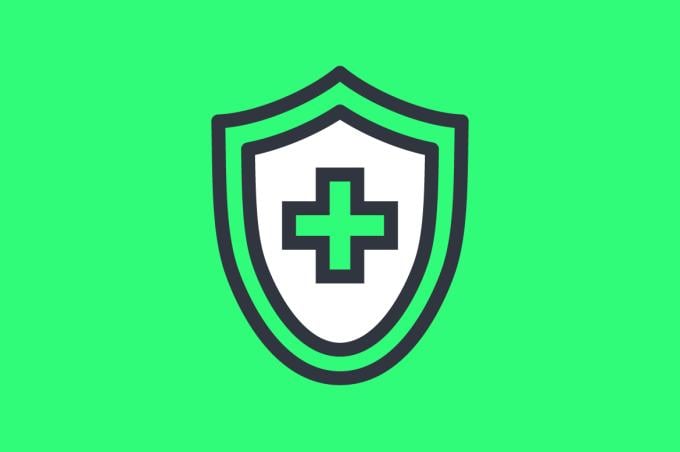- Overview
- Designing a workflow for behavioral health integration
- Psychopharmacology guide on prescribing psychotropic medications
- Care for substance use disorder
- Suicide prevention guide to treat at-risk patients
- Behavioral health coding for your practice
- Integrated behavioral health care for older adults
- Additional BHI resources
- 988 Suicide & Crisis Lifeline
Overview
The AMA offers a host of comprehensive resources to seamlessly integrate behavioral health into your practice. Check out the following behavioral health integration (BHI) practice guides for more targeted support on a variety of topics.
Designing a workflow for behavioral health integration
The workflow guide identifies key questions and criteria to help organizations establish a BHI workflow that will suit both the needs of their practice and patients.
Psychopharmacology guide on prescribing psychotropic medications
The psychopharmacology practice guide offers evidence-based guidance to primary care practices regarding when and how to treat patients with psychotropic medications, if deemed medically necessary, so they may lead more fulfilling and productive lives.
Care for substance use disorder
The care for substance use disorder guide provides primary care physicians and their care teams with actionable, evidence-based steps to identify and address unhealthy substance use/misuse in their patients.
Suicide prevention guide to treat at-risk patients
The suicide prevention guide empowers physician practices and health systems with actionable steps and evidence-based resources to identify at-risk patients and connect them with the most appropriate treatment plan.
Behavioral health coding for your practice
The behavioral health coding guide outlines key Current Procedural Terminology (CPT®) codes that physicians and their care teams can use (as appropriate) when administering behavioral health screening, treatment and/or preventative services.
Integrated behavioral health care for older adults
This practice guide provides primary care practices with actionable, evidence-based guidance on the nuances of integrated care for the behavioral health needs of older adults.
Also, the BHI Collaborative's BHI Compendium, which serves as a tool to help provide a proven pathway for delivering integrated behavioral care, has been enhanced with additional resources and case studies ensuring physician practices and health systems have the most recent and actionable information at their disposal.
Additional BHI resources
- Behavioral health integration in physician practices
- BHI Collaborative webinar series
- AMA STEPS Forward® BHI Into Primary Care toolkit
- Private practice BHI tip sheets for adult (PDF) and pediatric (PDF) populations
- BHI Compendium for physician practices and health systems
988 Suicide & Crisis Lifeline
With an increased number of people reporting worsening mental health in recent years, it is imperative that people are aware of the 988 Suicide & Crisis Lifeline (formerly known as the National Suicide Prevention Lifeline) telephone program.
People experiencing a suicidal, substance use, and/or mental health crisis, or any other kind of emotional distress can call, chat or text 988, and speak to trained crisis counselors. The national hotline is available 24 hours a day, 7 days a week.
The previous National Suicide Prevention Lifeline phone number (1-800-273-8255) will continue to be operational and route calls to 988 indefinitely.




